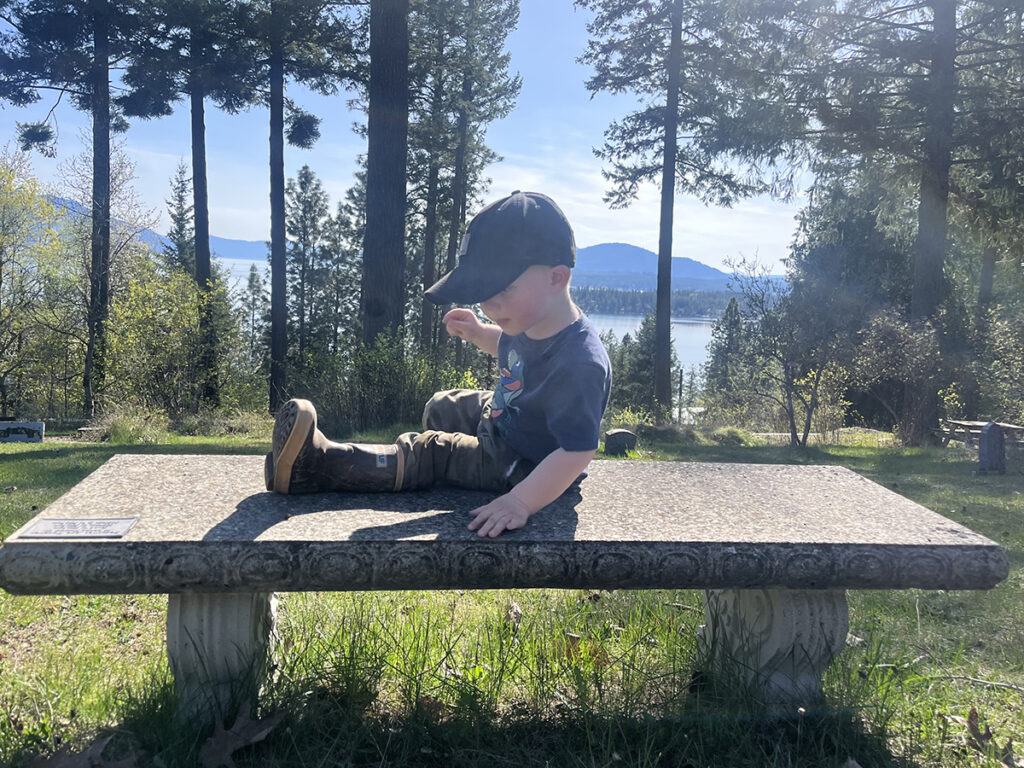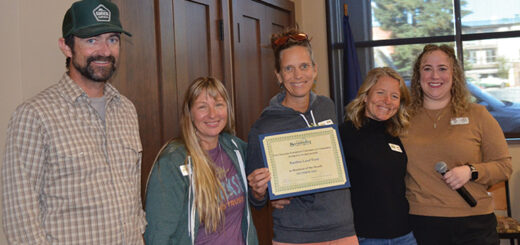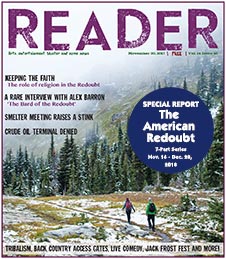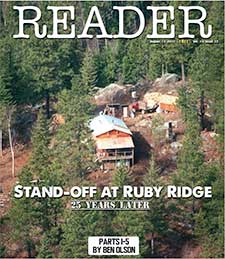On cemetery picnics
By Lyndsie Kiebert-Carey
Reader Contributor
A friend recently called me out for something I posted on social media. With a concerned look on her face, she asked: “Can we talk about the Snapchat you sent me from the cemetery?”
I could tell she asked in jest, but also in curiosity, and I couldn’t blame her.
I shared a photo of my son, Liam, enjoying a picnic in the Hope Cemetery. The caption said “Cemetery hangs>>>,” which, in non-internet speak, translates to, “We enjoy hanging out in the cemetery; it’s great.”
On that particular day, we were at the cemetery with several others, all of us part of the nonprofit organization Friends of Hope Cemetery. We were celebrating the installation of a dolmen. The rock art, created by Mark Heisel and installed with the help of his grandson Mathis, is made of Selkirk granite and meant to serve as a bench beside the cemetery’s beloved cedar snag.
The dolmen affords a perfect view of the lake and into the lower portion of the cemetery, which has seen incredible improvements over the past few years thanks to the Friends.
The addition of columbariums and improved walking access, as well as annual cleanup efforts, has breathed new life into a cemetery with little to no traditional plots left for sale.
My interest in the Hope Cemetery has been lifelong, albeit considerably more hands-on in the past year. FOHC Chairman Brent Lockwood approached me about creating a newsletter for the organization. We have since worked together on three newsletters, the most recent detailing the addition of the dolmen; volunteer efforts to modernize the cemetery’s records; a historical profile of Reverend Robert C. Moter, a cemetery resident since 1939; and much more.
The day Mark and Mathis installed the dolmen was pleasantly warm and sunny for April in North Idaho. Brent handed out sandwiches and cookies. I unpacked our sliced veggies and crackers onto a stone bench dedicated in the Kiebert name as Liam did his usual meandering, squatting before headstones and pointing out the letters he can recognize. On previous visits, I’d encouraged him to stick to the walking paths (a futile effort with a 1-year-old), but Brent had gently intervened.
“It’s OK,” he assured me, reiterating without so many words a stance I already knew he held: Graves are meant to be visited, explored. Children are a welcome sight at a cemetery — for the living, and almost certainly for the dead. In Europe, cemeteries are often connected to community green spaces and playgrounds. Just because someone dies doesn’t mean they should be held entirely apart from life.
So I let Liam’s unbridled light permeate the burial grounds, so long as he refrains from picking flowers off of graves.
Brent has a vision for the Hope Cemetery as a community gathering place. It’s a vision I’ve come to share. Any notion of a cemetery being “creepy” is almost laughable at Hope Cemetery thanks to the views — downhill to the lake, uphill to the mountains — and the clear care of the space. I can’t think of a better place for a toddler to picnic. There’s so much to look at, wide open space to run, stumps and benches to climb on.
With a cheese stick in one hand and a Hot Wheels in the other, Liam is a frequent visitor to those who call Hope Cemetery their eternal home.
As far as he’s concerned, it’s as good as any playground.
Lyndsie Kiebert-Carey is editor emeritus of the Sandpoint Reader. To learn more about Friends of Hope Cemetery, go to friendsofhopecemeteryidaho.org.











 Coming up this week! Don’t miss Live Music, the Summer Sampler, the Art Party, Monarch Grind, the Sandpoint Renaissance Faire, and more! See the full list of events in the
Coming up this week! Don’t miss Live Music, the Summer Sampler, the Art Party, Monarch Grind, the Sandpoint Renaissance Faire, and more! See the full list of events in the 